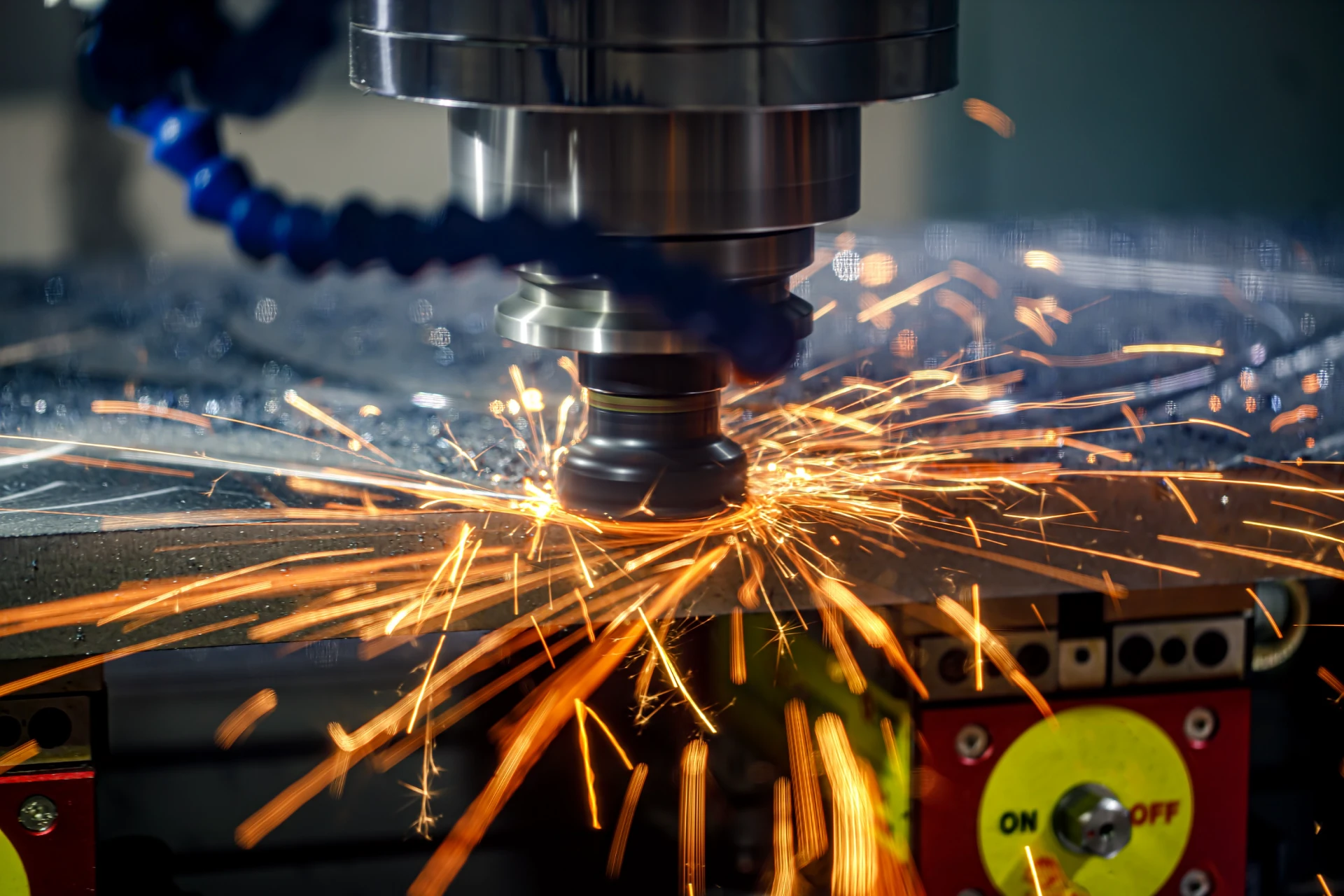Understanding the Stamping Process in Sheet Metal Fabrication Techniques
The Stamping Operation in Sheet Metal Fabrication
Sheet metal stamping is a crucial manufacturing process widely used across various industries, such as automotive, aerospace, electronics, and consumer goods. This technique involves the creation of precise shapes and designs from sheet metal using specialized machinery known as stamping presses. As an efficient method of mass production, stamping not only offers high material efficiency but also allows manufacturers to achieve complex geometries with consistent quality.
Overview of the Stamping Process
The fundamental principle of stamping entails the application of force to a metal sheet to cut, bend, or form it into specific shapes. The process typically begins with a flat piece of sheet metal, which is placed into a stamping press. This press uses a combination of mechanical or hydraulic systems to exert pressure onto a die, which is a tool designed to create specific shapes. The die can either cut the metal (blanking) or deform it (forming) to create parts like brackets, panels, and other components.
1. Blanking In this step, the stamping machine shears out a piece of the sheet metal, called a blank, from a larger sheet. The blank serves as the starting point for further operations.
2. Forming After blanking, the blank may undergo various forming operations, including bending, drawing, or embossing. Each of these processes alters the shape of the blank, ultimately leading to the desired part geometry.
3. Finishing Depending on the requirements, additional finishing processes such as trimming, deburring, and surface treatment may be applied to enhance the quality and functionality of the stamped parts.
Advantages of Sheet Metal Stamping
One of the primary advantages of sheet metal stamping is its efficiency. Stamping presses can produce thousands of parts in a relatively short amount of time, making it an ideal choice for mass production. The speed and repeatability of the stamping process reduce both labor costs and production time, contributing to an overall lower cost per unit.
stamping operation in sheet metal

Another significant advantage is the versatility of the process. Stamping can accommodate a wide range of materials, including aluminum, steel, copper, and their alloys. This versatility allows manufacturers to select materials based on the mechanical properties required for the final product.
Moreover, stamping provides excellent precision. The use of dies ensures that each piece produced is consistent in terms of dimensions and quality. This level of precision is crucial in industries where safety and performance are paramount.
Applications in Various Industries
The applications of sheet metal stamping are vast and varied. In the automotive industry, stamped parts are used in vehicle bodies, frames, and components such as brackets and housings. Stamping helps reduce vehicle weight while maintaining strength and rigidity, contributing to improved fuel efficiency.
In the electronics sector, stamped metal parts are essential for housings, connectors, and heat sinks. The ability to create intricate designs enables the integration of multiple functionalities into a single part, streamlining assembly processes.
Aerospace applications often demand even stricter tolerances and material performance, where stamping techniques are utilized to produce parts that withstand extreme conditions while keeping weight to a minimum.
The Future of Sheet Metal Stamping
As technology continues to advance, the sheet metal stamping process is expected to evolve. Innovations in CAD/CAM technology, automation, and smart manufacturing can enhance the efficiency and precision of stamping operations. The integration of Industry 4.0 principles, such as real-time data monitoring and predictive maintenance, will likely lead to even greater efficiencies and reduced downtime.
In conclusion, sheet metal stamping is a vital manufacturing process that combines efficiency, versatility, and precision. Its applications across various industries underscore its importance in modern manufacturing. As technologies advance, we can expect to see even more innovative solutions that will further enhance the capabilities and efficiencies of sheet metal stamping operations. This will not only benefit manufacturers but also consumers, by leading to better products with improved performance and reliability.
-
Custom Steel Sand Casting Services Precision & Durability GuaranteedNewsApr.29,2025
-
Arise Precision Casting Custom Metal Casting Solutions & ServicesNewsApr.29,2025
-
Sand Casting Guide Definition, Process & High-Quality Sand SuppliesNewsApr.28,2025
-
Premium Alloy Die Casting Manufacturer Aluminium & Zinc SolutionsNewsApr.28,2025
-
Precision Aluminum Die Casting Custom Solutions & Fast TurnaroundNewsApr.27,2025
-
Precision Complex Sand Casting Solutions Durable & Custom DesignsNewsApr.27,2025















